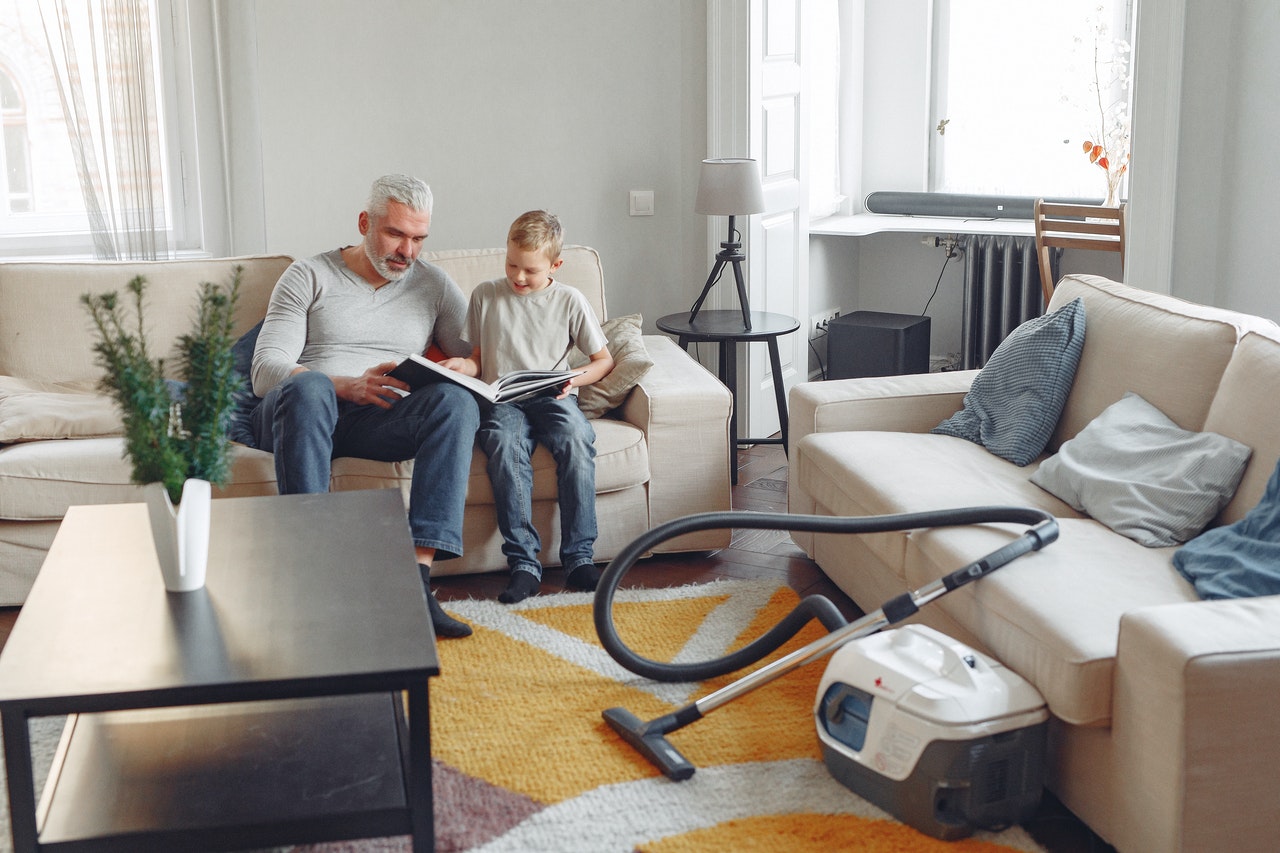Sounds for round one
We’ll be challenging our contestants to find innovative ways of making speech more audible for hearing impaired listeners when there is noise getting in the way. But what noises should we consider? To aid us in choosing sounds and situations that are relevant to people with hearing aids, we held a focus group.
We wanted to know about
- Everyday background noises that make having a conversation difficult.
- The characteristics of speech after it has been processed by a hearing-aid that hearing aid listeners would value.
A total of eight patients (four males, four females) attended the meeting, six of whom were recruited from the Nottingham Biomedical Research Centre’s patient and public involvement contact list. Two attendees were recruited from a local lip reading class organised by the Nottinghamshire Deaf Society. The range of hearing loss within the group is from mild to severe. They all regularly use bilateral hearing aids.
Our focus was on the living room because that is the scenario for round one of the challenges.

Photo by Gustavo Fring from Pexels
Everyday background noises that interfere with understanding of speech
A long and varied list of sounds cause problems. These lists are in no particular order.
- Living room or space
- Clocks ticking
- Crisp packets rustling
- Taps running
- Kettles boiling
- Dishwasher
- Microwave
- Washing machine
- TV, music, radio
- Phone ringing (or receiving texts – unknown beeps/tones)
- Newspapers rustling
- Air-conditioning and oven extractor fans
- Vacuum cleaner
- Doorbell ringing
- Dog barking
- Rain on window
Family and friends
- Cutlery/crockery banging/clanging
- Doors opening/closing (to rooms and cupboards)
- Music
- People walking around the room
- Children playing with toys
- Laughing
- People talking from another room
- Speakers from a different conversation in close proximity (i.e. beside you) when you are trying to converse
- Traffic outside
- Chewing/chomping
- Steam pipes/ coffee machines
- Chairs being moved
Outside
- Church bells
- Market noise
- Footsteps on different types of ground, i.e. heels on hard floors but also wellingtons in mud
- Clothes rustling (such as waterproof coats or hat on hearing aid)
- Wind (even with HA on ‘wind setting’)
- Pigeons/birds
- Sirens
- Traffic noise (especially at junctions)
- Music
- Laughter
- Phones ringing
- Tills
- Children playing outside or running around (in shops, on the street and at parks)
- Beeping signal at crossings
- Garden centres – high glass ceilings, open plan, trolleys
- Road/ tyre and traffic noise when in a car or on the bus
- Also mentioned how people you speak to in the car may be in front or behind you
- Trains and the tube
- Aeroplanes and airports (suitcases rolling)
- Tannoys
Characteristics of processed speech to consider
- Clarity (clearness) or quality
- Rhythm of speech
- ‘Inflection’ (intonation)
- Similarity to original speaker
- Agreed that in situations where the voice would not be processed clearly, i.e. outside with many noise sources, not sounding like the original - speaker is fine.
Other comments
- Speed of speech; it was suggested that we have sentences read at different speeds as faster talkers are often harder to understand.
- Stated that emphasis on key words is useful for following conversation; perhaps key words in the sentence when marked should be given higher value.
- Lots of comments on room acoustics, i.e., ceiling heights, furnishings, floorings, windows etc., which has a big impact on how difficult it is to have a conversation with background noise.
- Different accents of talkers can make conversation more difficult; including speakers with different accents in the background.
- We’re now working out what sounds to use. But are there other sounds we should consider?
Credits
- Thank you to the patient and public involvement representatives who participated.
- Clarity Organiser: Eszter Porter .
- Facilitators: Adele Horobin, Erin Dawe-Lane.
- This discussion group was supported by the National Institute for Health Research Nottingham Biomedical Research Centre.